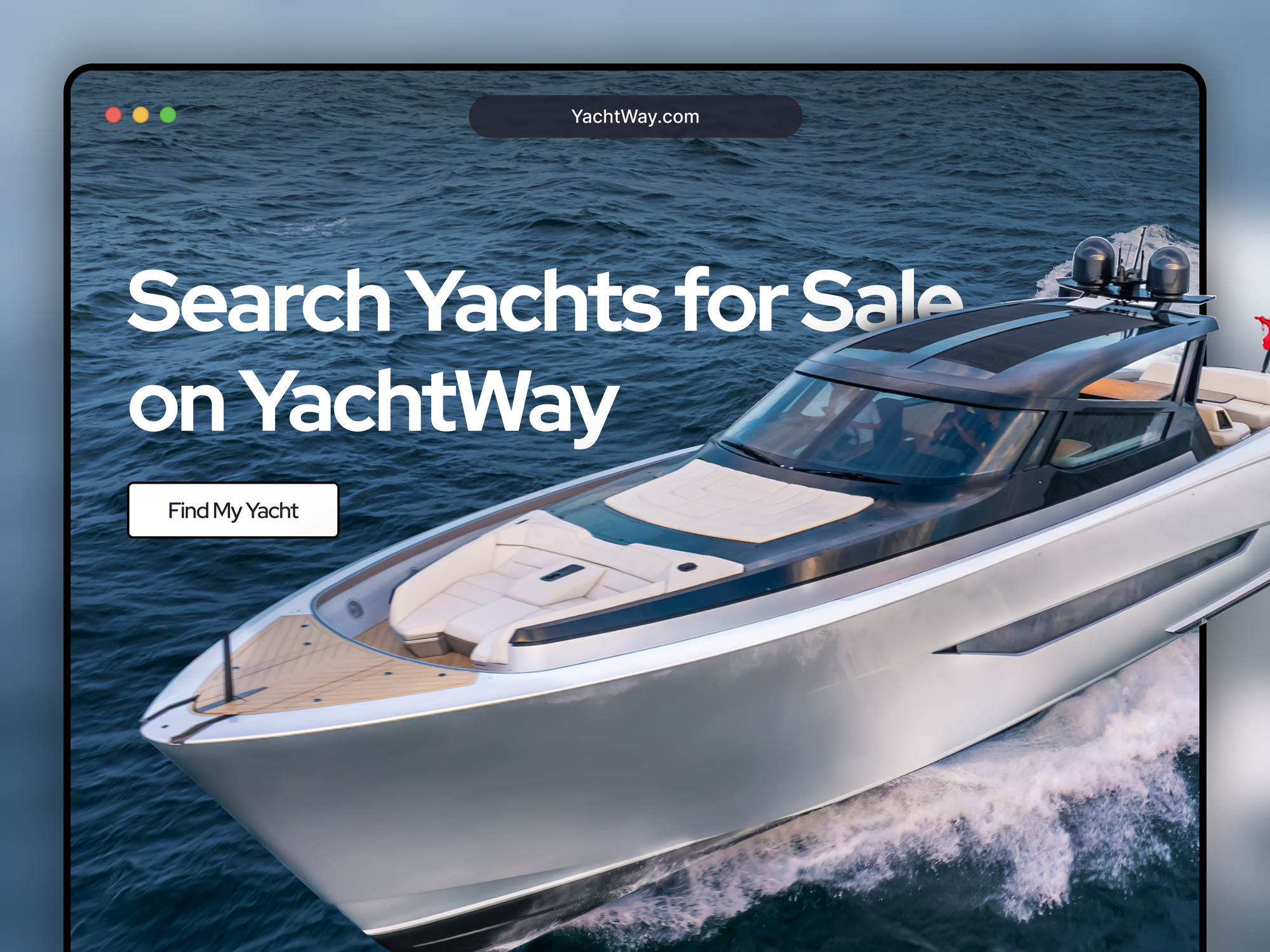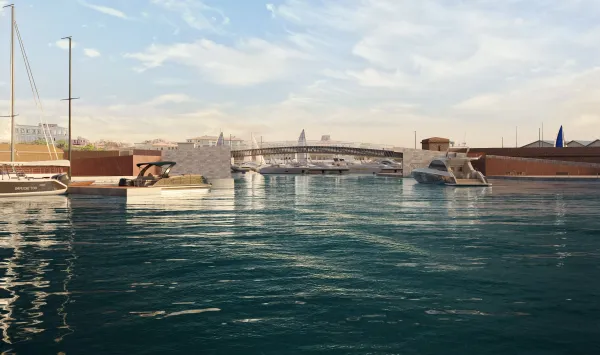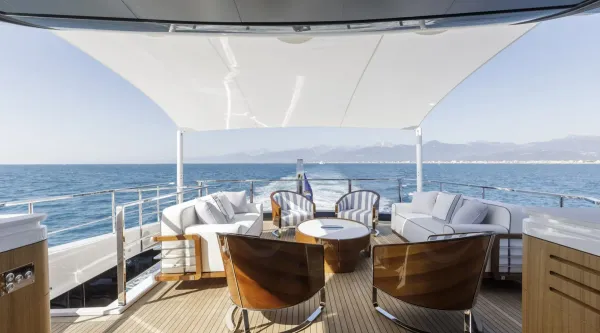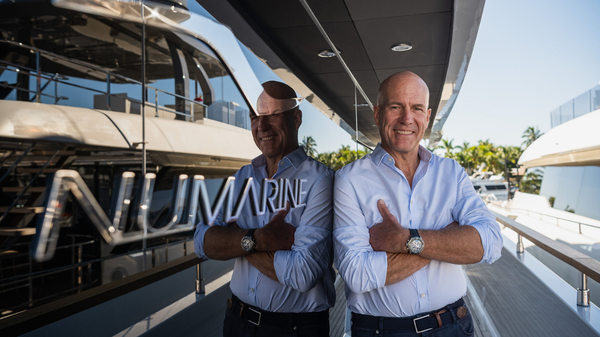UK’s Maritime Innovation Poised to Make Waves at Seawork 2026
Britain’s superyacht innovation leads sustainability and AI advances, spotlighted at Seawork 2026 with new collaborative initiatives.
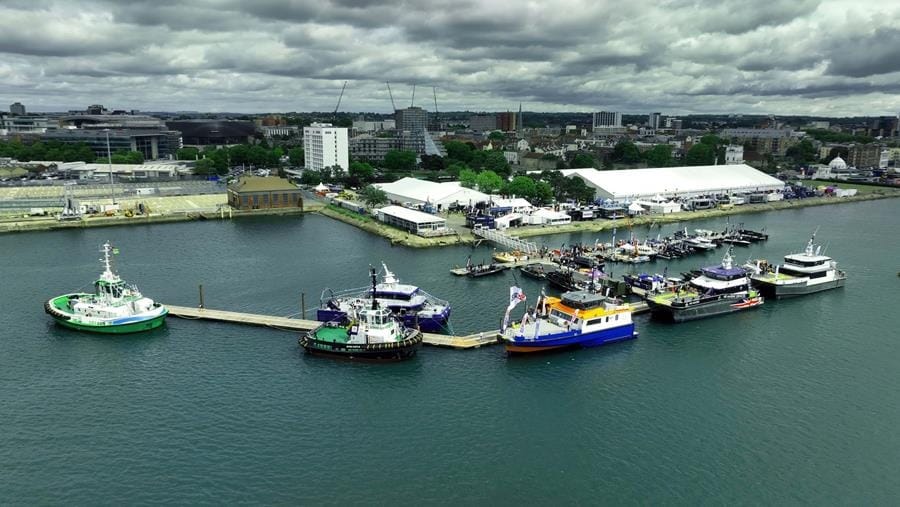
Amidst the iconic imagery of tea, black cabs, and red buses, Britain’s mark on the superyacht world has never been clearer. A nation with centuries of maritime heritage is once again steering the course: this time toward the future of AI-driven design, sustainable propulsion, and advanced engineering.
This momentum was on full display at the recent British Superyachts’ Tech Talks conference in Southampton, which set the stage for a milestone event: the integration of British Superyacht Tech Talk into the 2026 Seawork Exhibition, taking place at Mayflower Park, Southampton, from June 9–11, 2026.
Bridging Sectors: Superyachts Meet Commercial Marine
Bringing the Tech Talk series under Seawork’s umbrella represents a significant convergence between the luxury superyacht and commercial marine sectors. This collaboration fosters an exchange of expertise, connecting the innovation of commercial marine engineering with the aspirational goals of the superyacht community.
This year, Seawork will also introduce a superyacht category within its Innovation Awards, signaling the increasing cross-pollination of technologies between workboats and luxury vessels. Complementing this, British Superyacht’s launch of “Superyacht Connect” will provide an ongoing digital network, enabling direct, year-round communication between exhibitors, shipyards, and designers via the Seawork App.
Regulation, Stability, and Safety at Sea
Regulatory evolution remains a central theme. The MAIB interim report on the Bayesian incident, alongside analysis from Houlder’s Andy King, has ignited new conversations around stability and safety frameworks. Experts are calling for greater emphasis on real-world sea conditions: challenging traditional stability models in favor of designs that prioritize intrinsic balance and resilience.
Sustainable Propulsion: From Hydrogen to Nuclear Concepts
At the forefront of sustainability, Feadship’s Project Breakthrough captured international attention as the world’s first hydrogen-powered superyacht. Outfitted with hybrid hydrogen and fuel-cell systems, cryogenic tanks, and advanced DC distribution, the vessel exemplifies how clean technology is reshaping high-performance yachting.
Equally forward-thinking is the NOx Free initiative, led by Divergent Yachting’s Derek Munro, which proposes a nuclear micro-reactor for maritime use. Designed to eliminate fossil fuel dependence and enable years of continuous operation, the project could achieve regulatory approval as early as 2029—though public acceptance remains a key challenge.
AI and the Future of Superyacht Design
Artificial intelligence is also making headway in the design studio. Presentations by Bill Edwards and Adam Sobey highlighted how emerging AI-driven tools are transforming creative workflows: streamlining concept development and enhancing precision.
However, the integration of AI demands careful governance. Charlotte Hill emphasized the importance of robust legal and ethical frameworks to ensure responsible adoption, advocating for pilot projects and adaptable codes to balance innovation with safety and accountability.
Toward Harmonization and Collaboration
The conference concluded with a unified call to “harmonize codes”, aligning safety standards, regulatory oversight, and innovation across sectors.
The overarching message was clear: Britain’s superyacht industry is redefining its maritime legacy. Through collaboration, sustainability, and technological ambition, the UK is positioning itself at the forefront of a new maritime era, leading global efforts toward a smarter, safer, and more sustainable future at sea.
